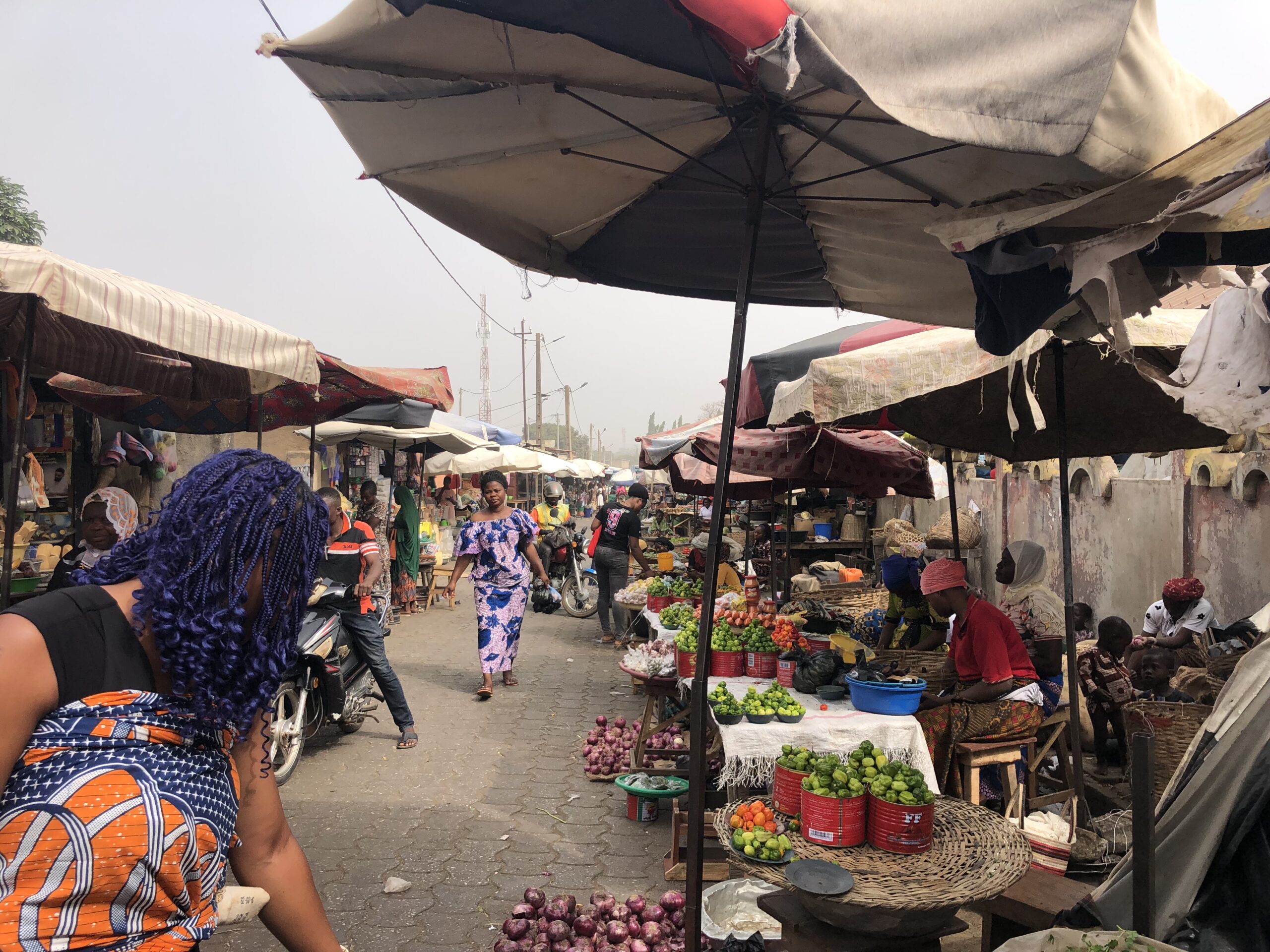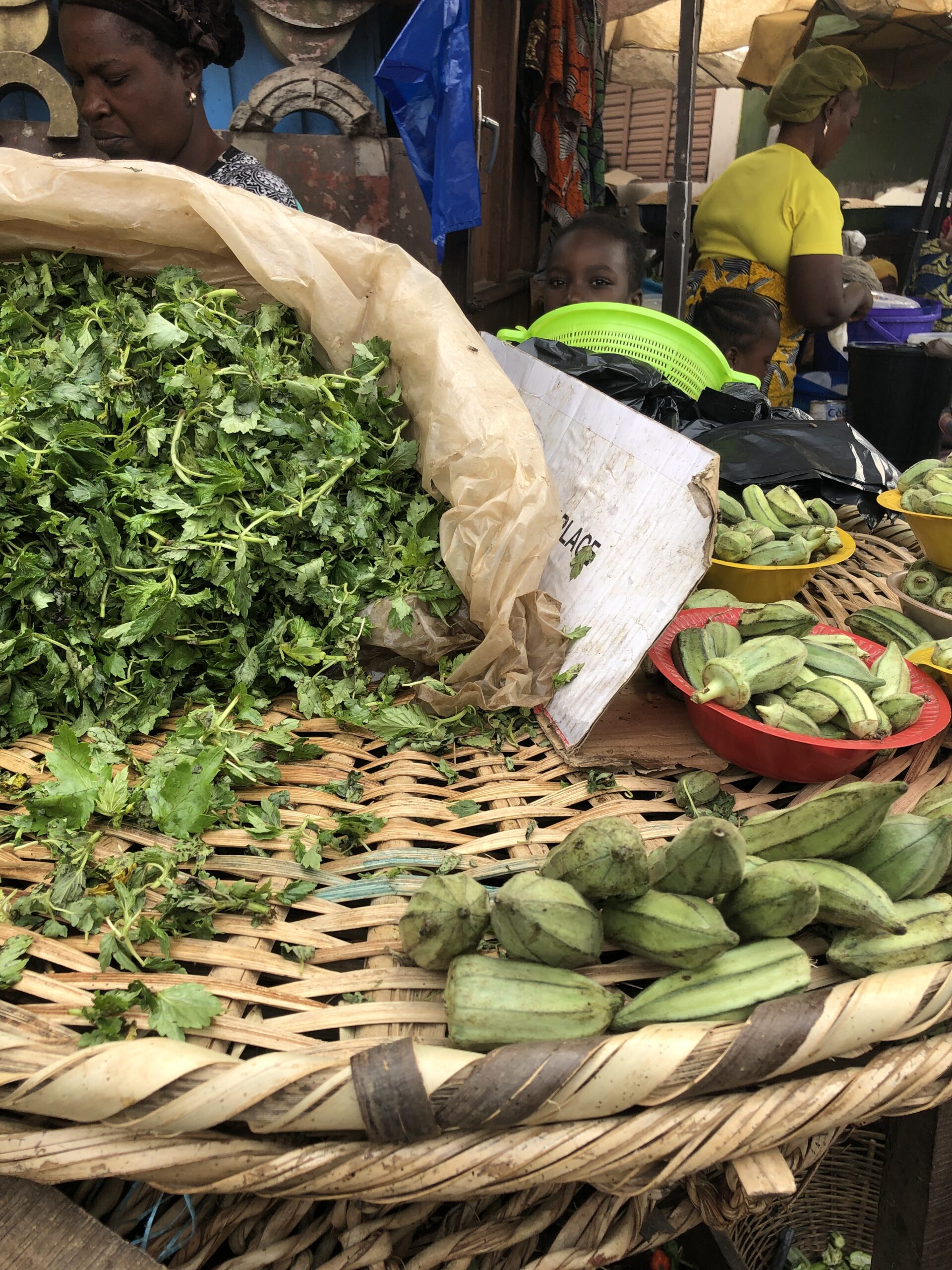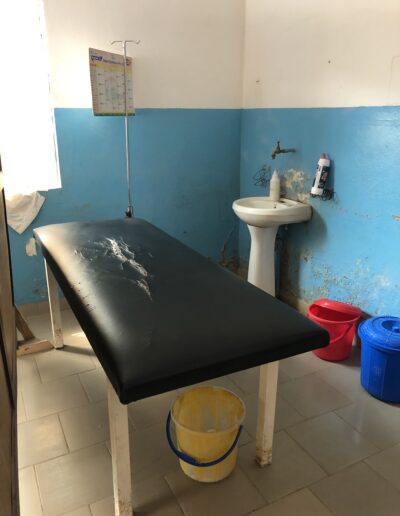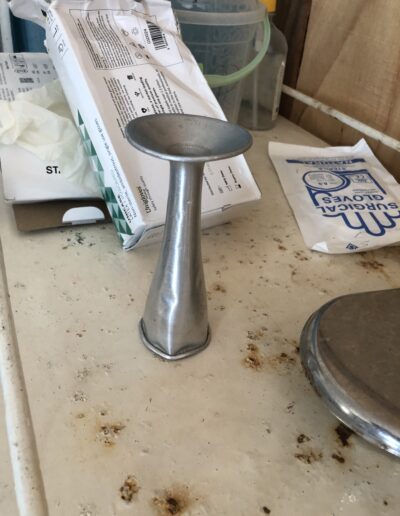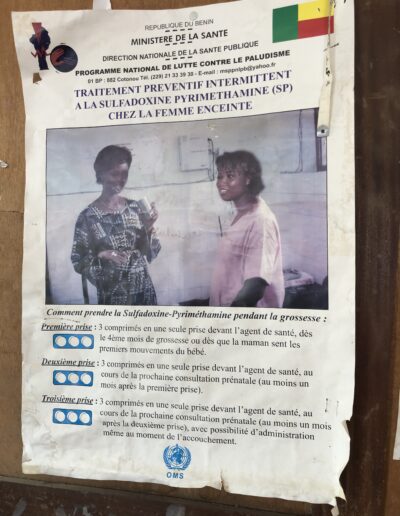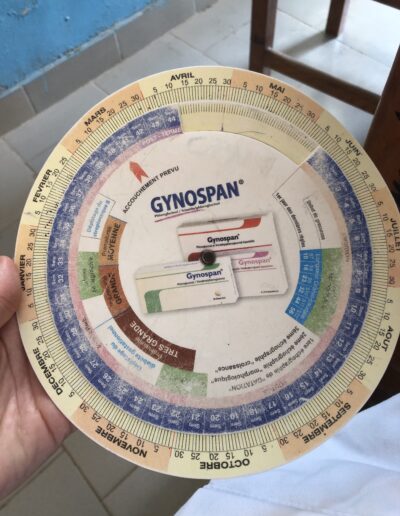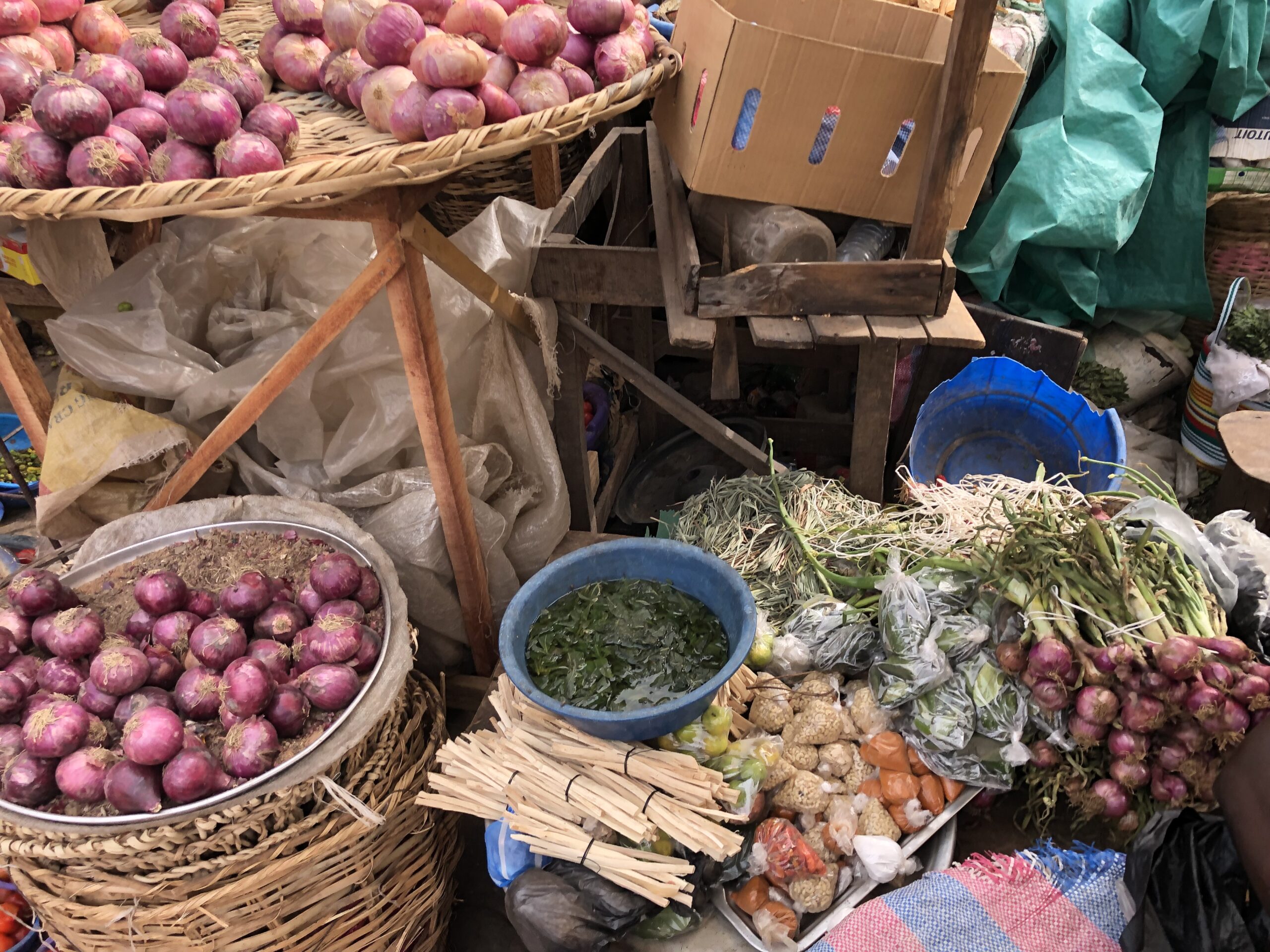
Week 3: Maternity Ward and Market Visit
This week began our first week in the maternity ward at the hospital. After a relatively quiet couple of weeks in pediatrics (good for the kids, but less interesting for us), we were hoping there would be more going on in maternity, considering the courtyard in front of the ward is always full of people.
Like in pediatrics, the day always starts with a general staff meeting, in this case lead by the gynecologist. We were able to talk to her a bit beforehand, discussing our objectives for our time in the maternity department and how we could best spend our time as well as bring some of our expertise to the ward.
During the daily staff meetings, the doctor and midwives are always going through all the births from the previous day (and night) as well any important status updates from hospitalised patients. Especially on a Monday, this meeting takes quite some time, often with 20-30 (or more) births having taken place.
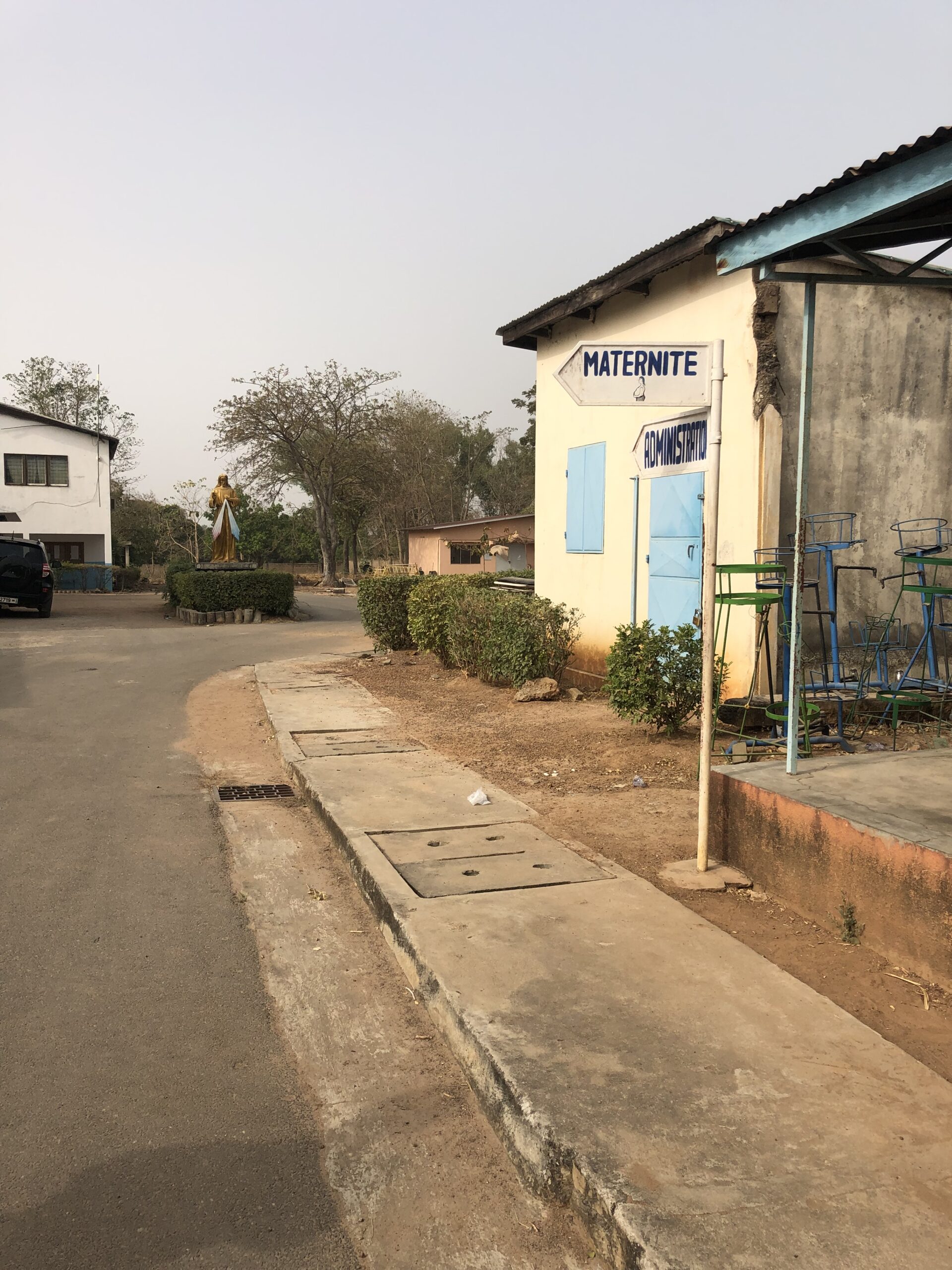

Our schedule in the maternity ward
Over the two weeks of our time in maternity Femke and I would be splitting up for the start of the day. I would follow the midwife conducting pre- and post-natal consultations, and Femke would follow the midwife doing the morning check-up with the hospitalized patients (generally the patients who gave birth via c-section). Next week, our second week in maternity, we will switch places. Once we are done with our respective midwives, we are free to follow whatever is happening in the reception as well as any births that are taking place.
On Tuesday, during our time after following the midwives, we were able to observe our first birth! We just lucked out with timing, going to the delivery room minutes before the woman gave birth. After birth, the baby receive an injection of vitamin K and they determine whether it needs to be taken to the neonatal ward. Tuesday and Thursdays are the days when c-sections are scheduled, although we haven’t (yet) gotten a chance to observe one.
We were also tasked with preparing a small presentation to give to the women post-birth about proper nutrition during breastfeeding, with a special focus on anemia (iron deficiency) – a very prevalent issue here. For this week we mainly focused on fact-gathering. Rather than giving a textbook answer to the question we needed to learn from the midwives what nutrition advice would also be practical, considering the local diet and access to certain foods. For example, we learned that for the average woman, meat or fish is often only a once weekly occurrence due to budget.
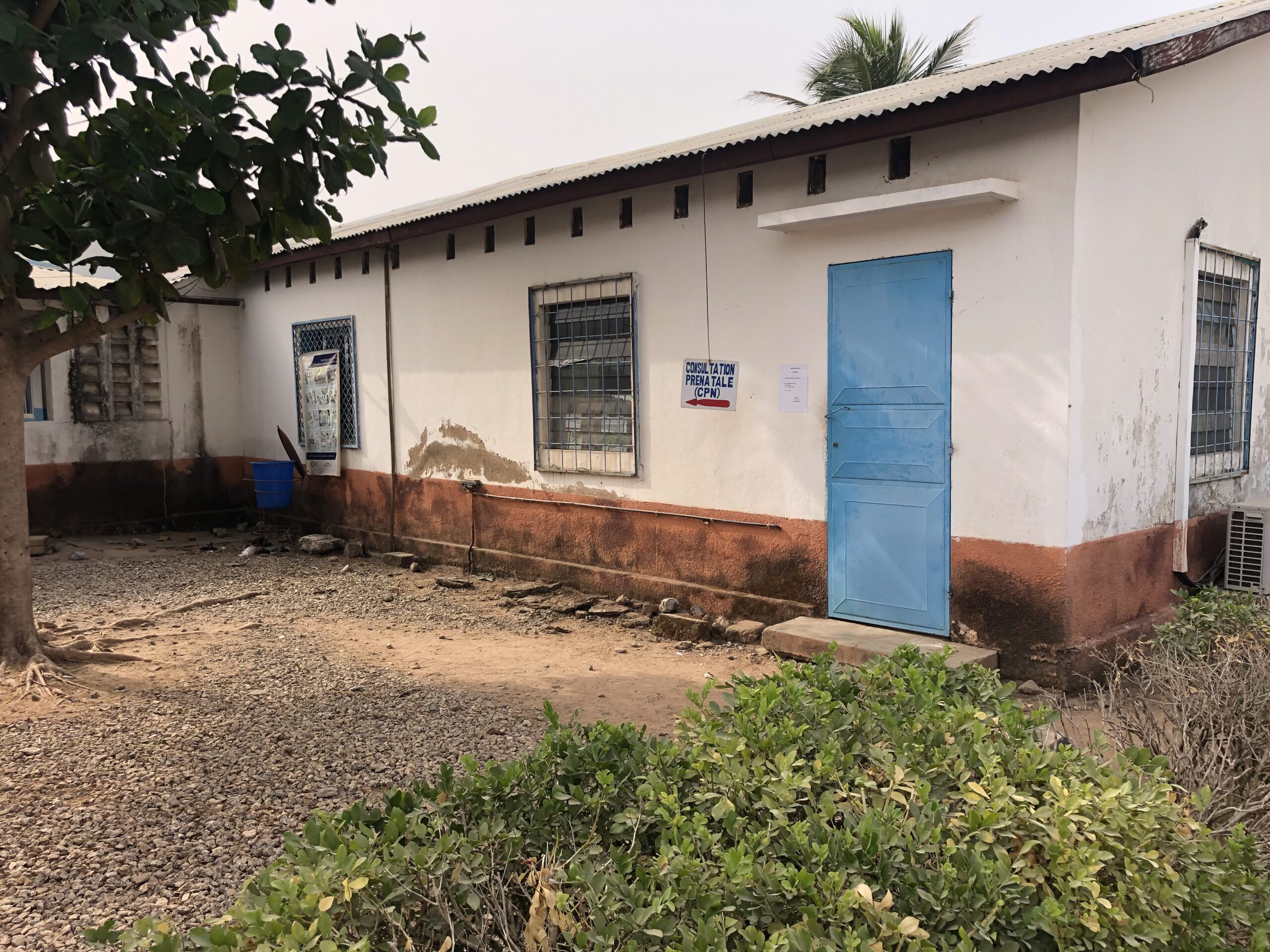
Pre- and Post-Natal Consultations
Following the midwife for the pre- and post-natal consultations was very interesting. They don’t really give people formal appointments here, although they are often told a date on which they should come. (That being said, people tend to show up randomly regardless of the date they received.) They are expected to arrive first thing in the morning, register themselves for a consultation, and pay at the cash desk in advance. Then their files are gathered in order of arrival and the patients just need to sit on the benches outside the consultation room until they are called – sometimes for 2-3 hours! While it seemed for these consults that most people tended to arrive around 9am or so (based on their payment receipt), consultations with the gynaecologist had people queuing outside her office already from 8am.
The patients coming to appointments at the hospital are usually doing so because there is some complicating factor and they have been referred from their local clinic. But others just come as they prefer to be seen at the hospital and to give birth there as well. The midwife really takes her time with each patient, sometimes the consults would take up to an hour. In addition to going through the file, she does a check for anemia (iron deficiency), a physical exam of the belly and uterus, and listens to the heartbeat (with the metal cone shown in the photo).
Depending on the patient’s needs, I was also sometimes called upon to give some nutritional advice, for example on general nutrition during pregnancy, on sufficient calcium/magnesium intake, or nutrition during times of morning sickness.
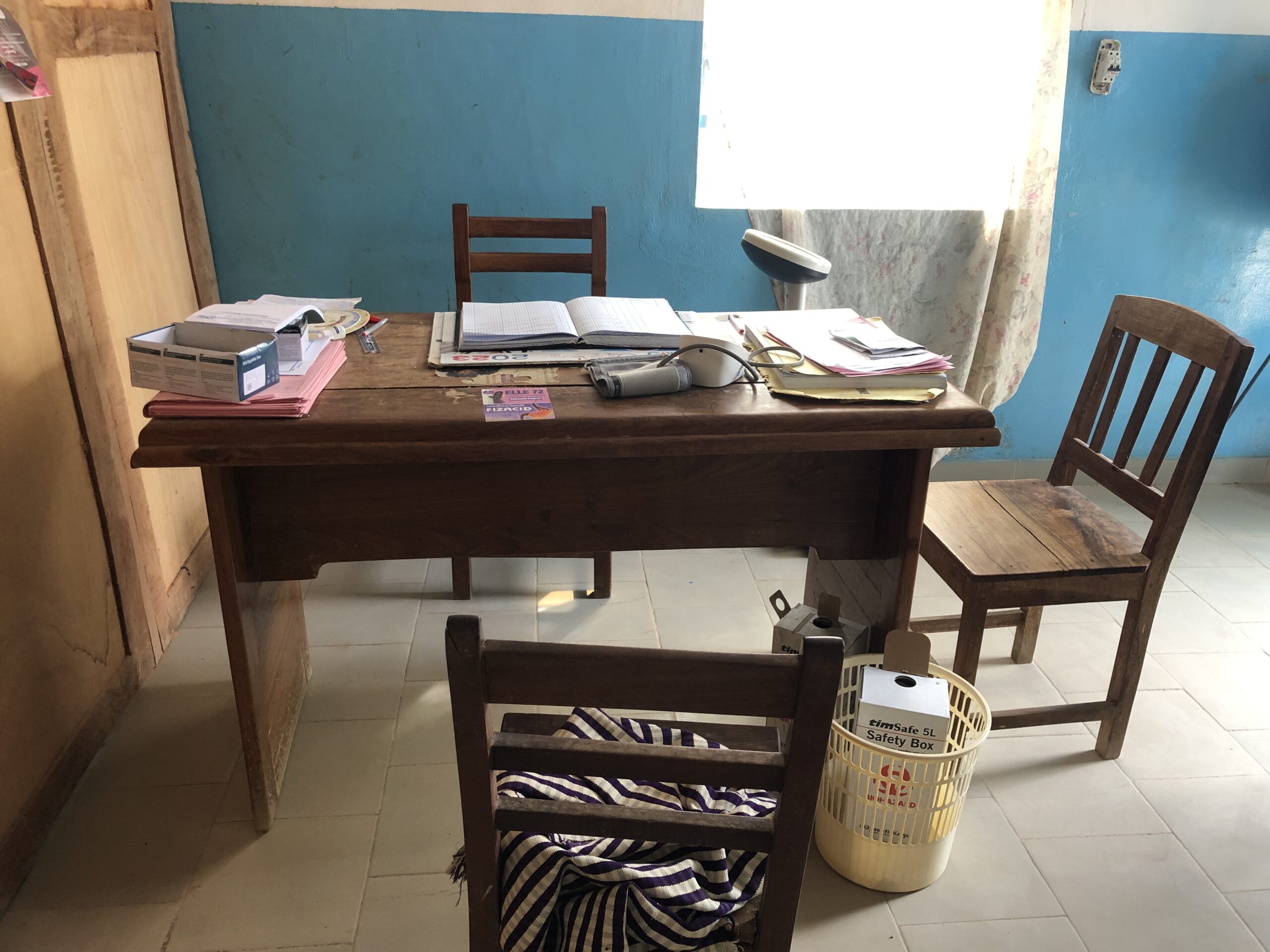
Heading to the market
This week we were also on a mission to finally make it to a local market to buy fresh produce, as this is not stocked in the grocery stores. After asking around to different people, we heard pretty unanimously that Marché Depôt, in Parakou, was the best place to go. And we got even luckier, when our friend Perpétue, who runs one of the restaurants at the hospital, offered to take us and help us navigate the market for the first time.
The market covered a couple of blocks along the ring road of Parakou in the west. Many of the vendors had a lot of the same things; tomatoes, onions, leafy greens, spicy peppers, with a few selling some extras like avocados, carrots, cabbage, potatoes, etc. There were a few fruit stands, a few selling canned goods, and a whole section just with live chickens. It was a great experience to have a local with us, who also helped negotiating the prices for everything.
It was tempting to buy and try a lot of things, but we attempted to pace ourselves considering we still have 9 weeks’ worth of shopping and cooking to do. The highlight for me was tasting new foods that we had never seen before (like a type of fruit for which they couldn’t even think of the French name), as well as finally getting our hands on some plantains to be able to fry up at home.
